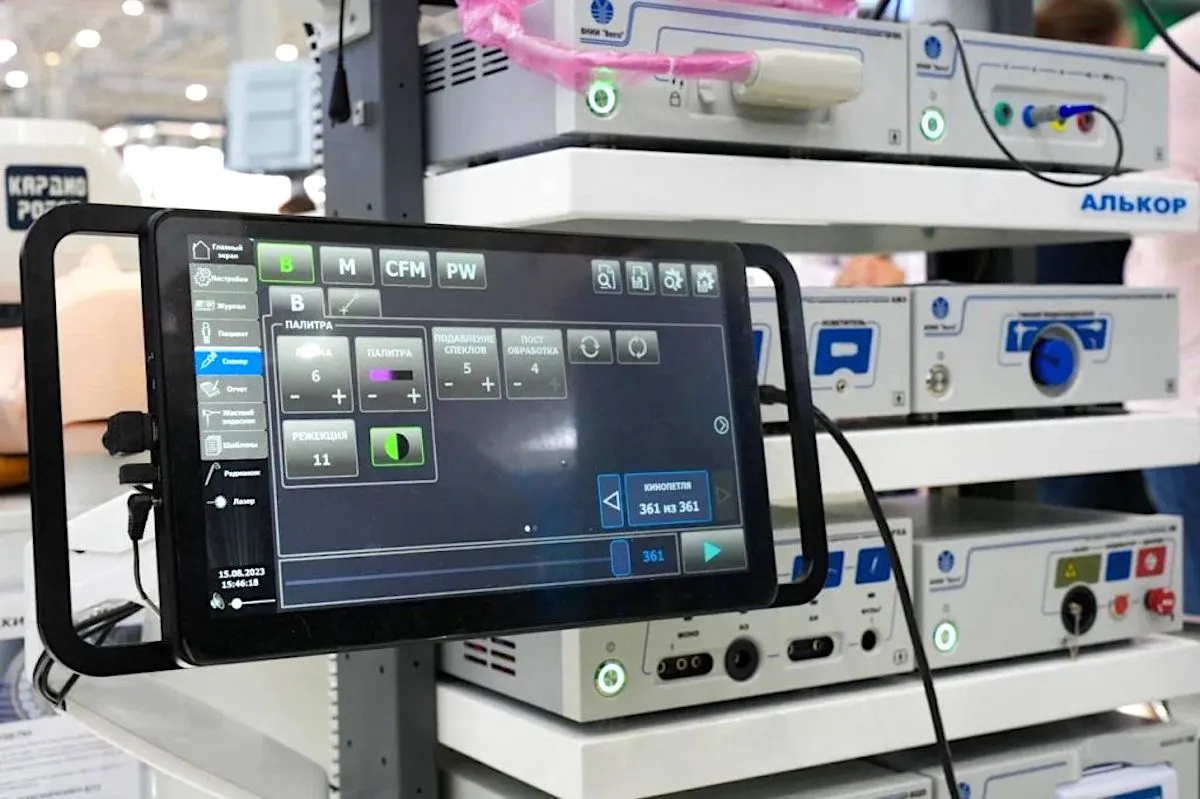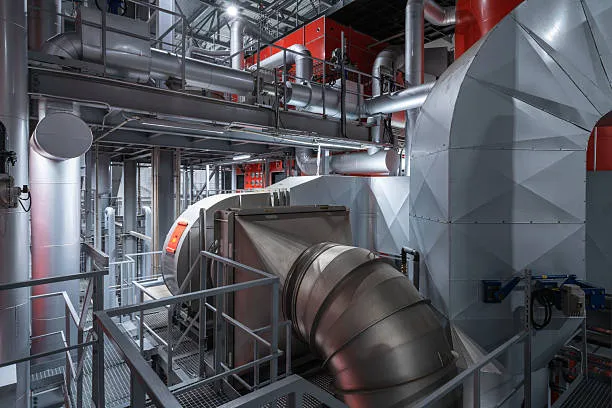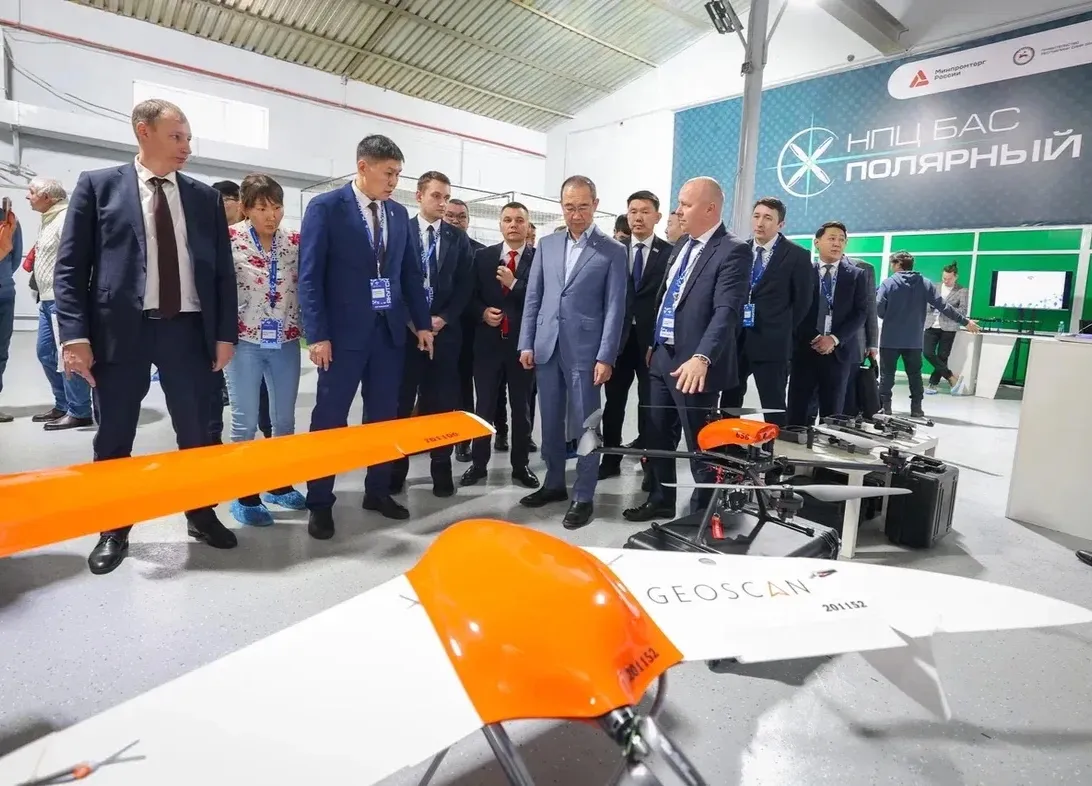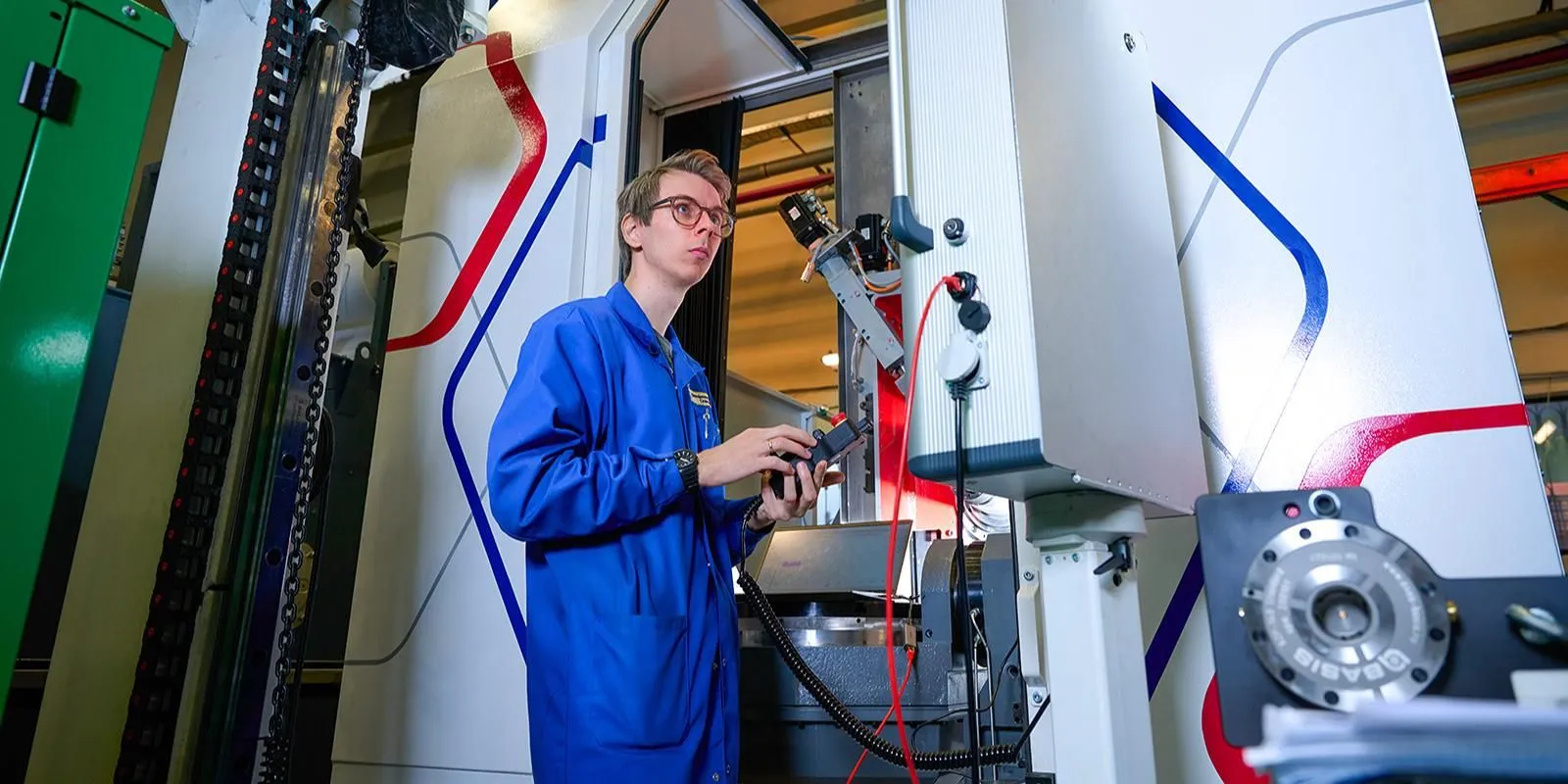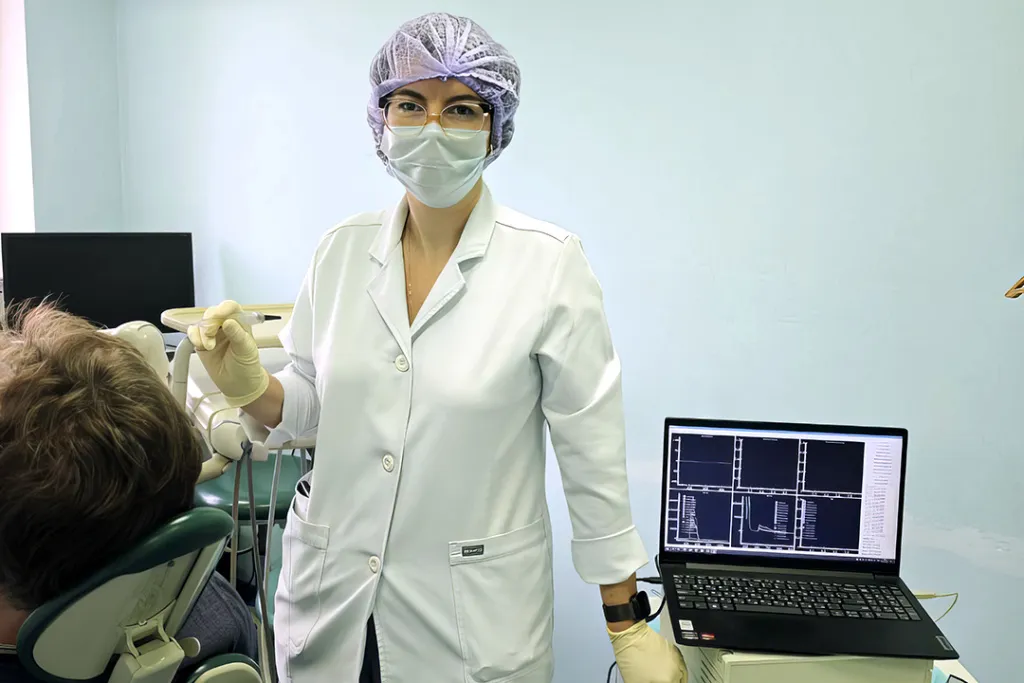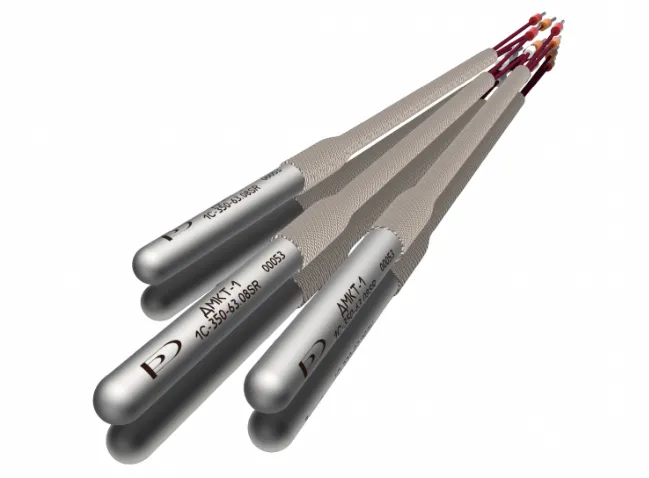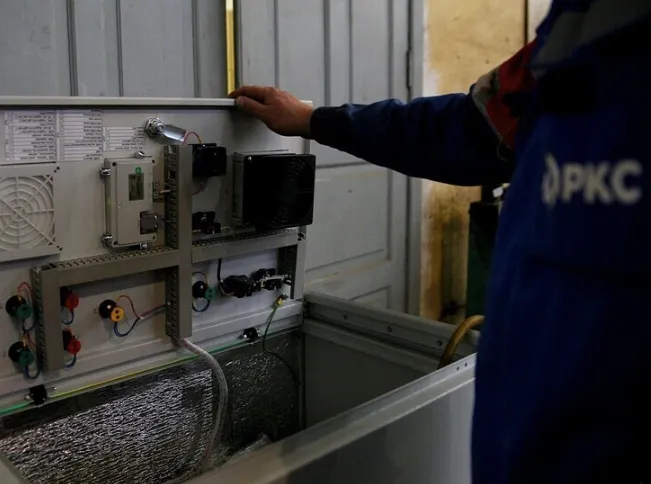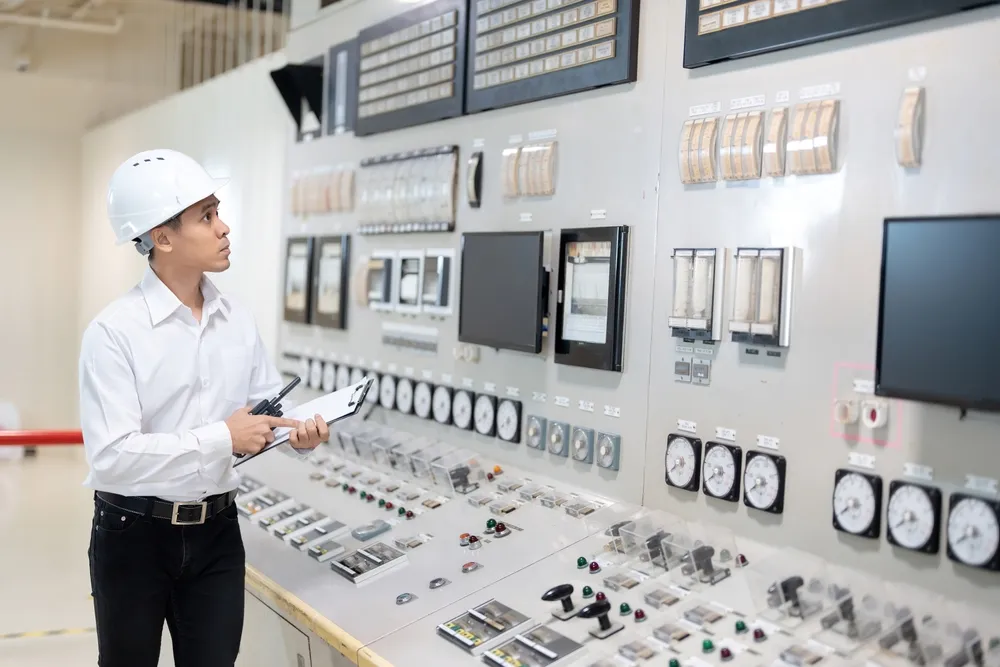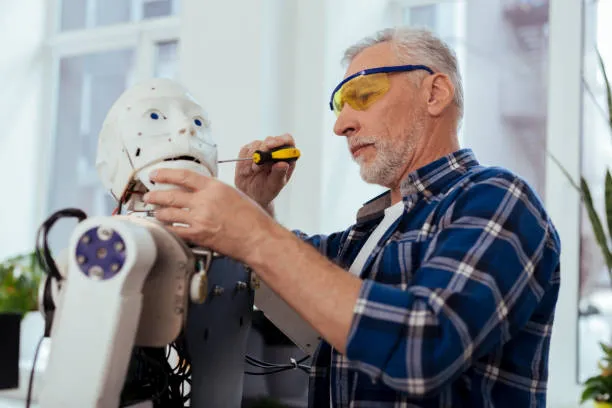Russian Student Develops Software for One-of-a-Kind SKIF Synchrotron Facility

A physics graduate from Novosibirsk State University has created a data-driven control system for Russia’s flagship synchrotron, promising enhanced research capabilities and scientific breakthroughs
Developing Cutting‑Edge Accelerator Control Software
Vladislav Rodyakin, a recent graduate of the Physics Faculty at Novosibirsk State University (NSU), designed and implemented a configuration database for the Siberian Circular Photon Source (SKIF), one of Russia’s most ambitious scientific initiatives. His software captures and stores critical accelerator equipment parameters—ranging from magnet field strengths to radiofrequency cavity settings—and automatically transmits them to the facility’s control systems. By structuring this data in a modular, easily updatable format, the system enables precise real‑time adjustments, minimizes downtime, and supports predictive diagnostics.
Collaboration, Thesis Work, and Ongoing Optimization
Rodyakin developed this software as his undergraduate thesis in partnership with researchers at the Budker Institute of Nuclear Physics (BINP) of the Siberian Branch of the Russian Academy of Sciences. Since the project’s launch, he has continued refining the interface and data flows in response to user feedback, applying analytics to identify bottlenecks and improve performance.
Implications for Science, Industry, and Society
SKIF spans 34 interconnected buildings equipped with state‑of‑the‑art beamlines for synchrotron radiation experiments. Its unique capabilities will empower scientists to pursue breakthroughs across physics, chemistry, biology, materials science, and more. Thanks to Rodyakin’s software, facility operators can harness detailed analytics—such as equipment usage trends and parameter variances—to optimize beam time allocation, ensure consistent data quality, and accelerate discovery. Ultimately, these advances promise to translate into real‑world applications, from new pharmaceuticals and advanced materials to environmental monitoring and renewable energy technologies.




